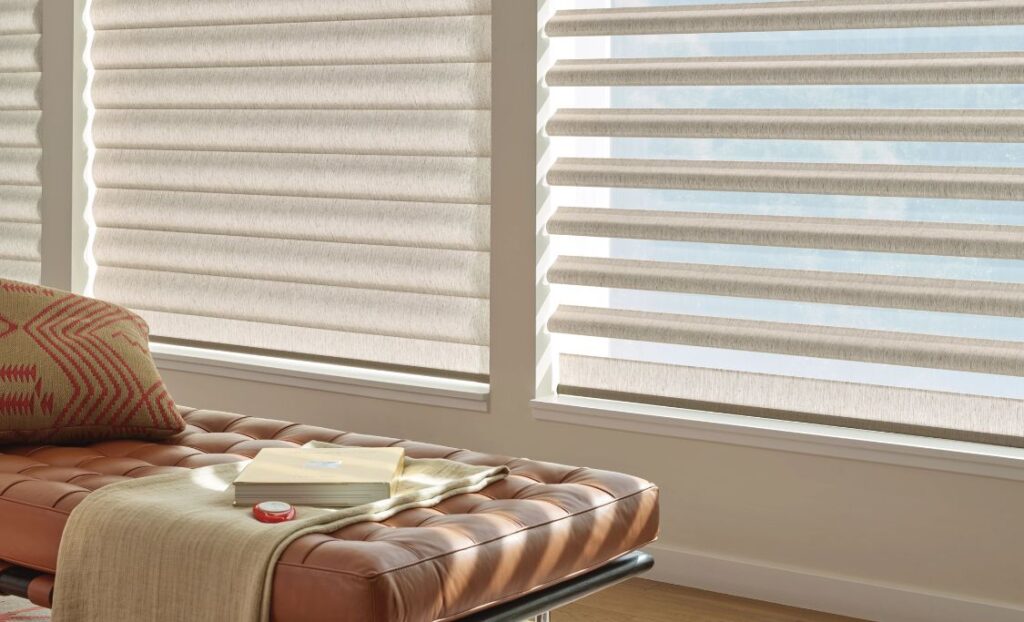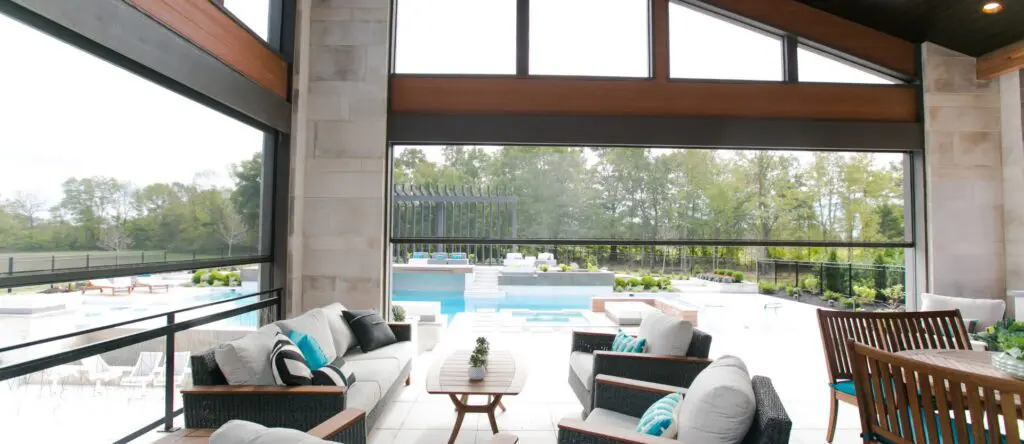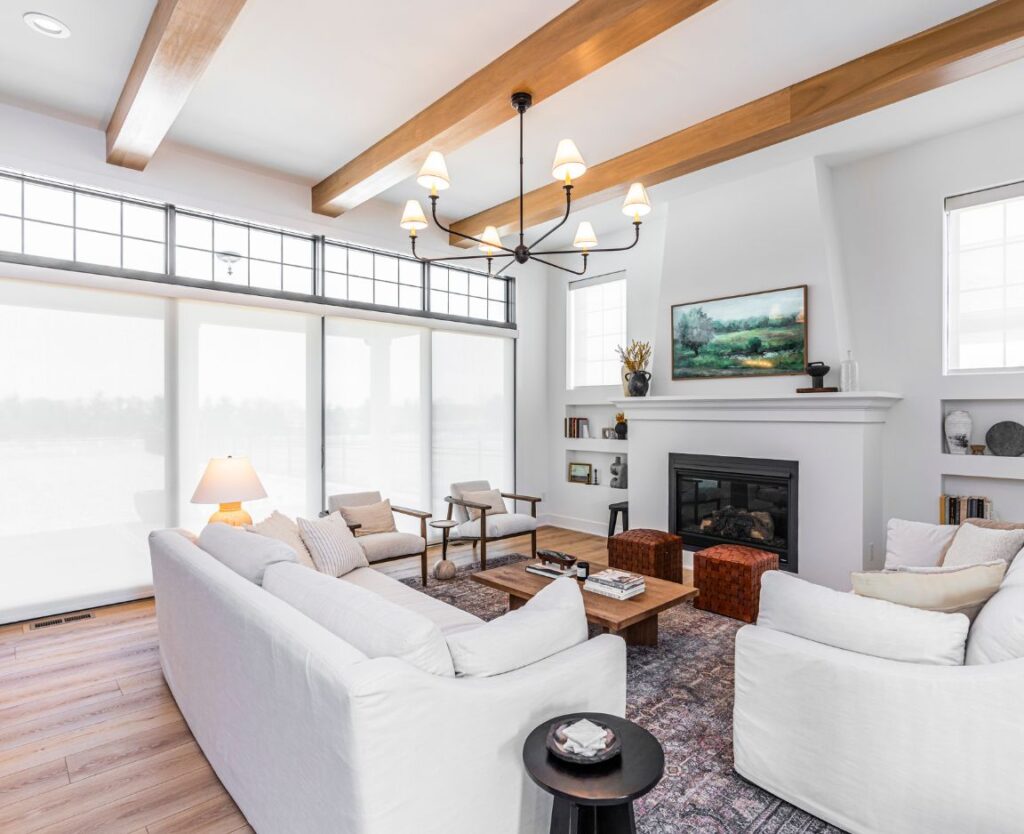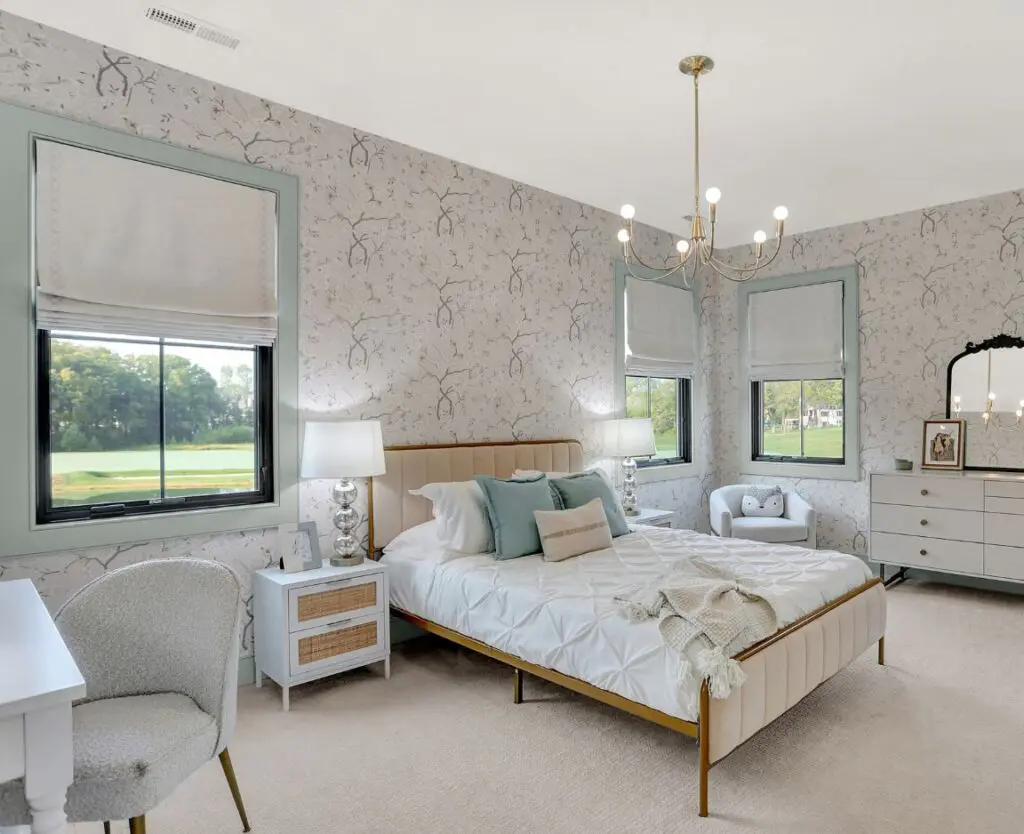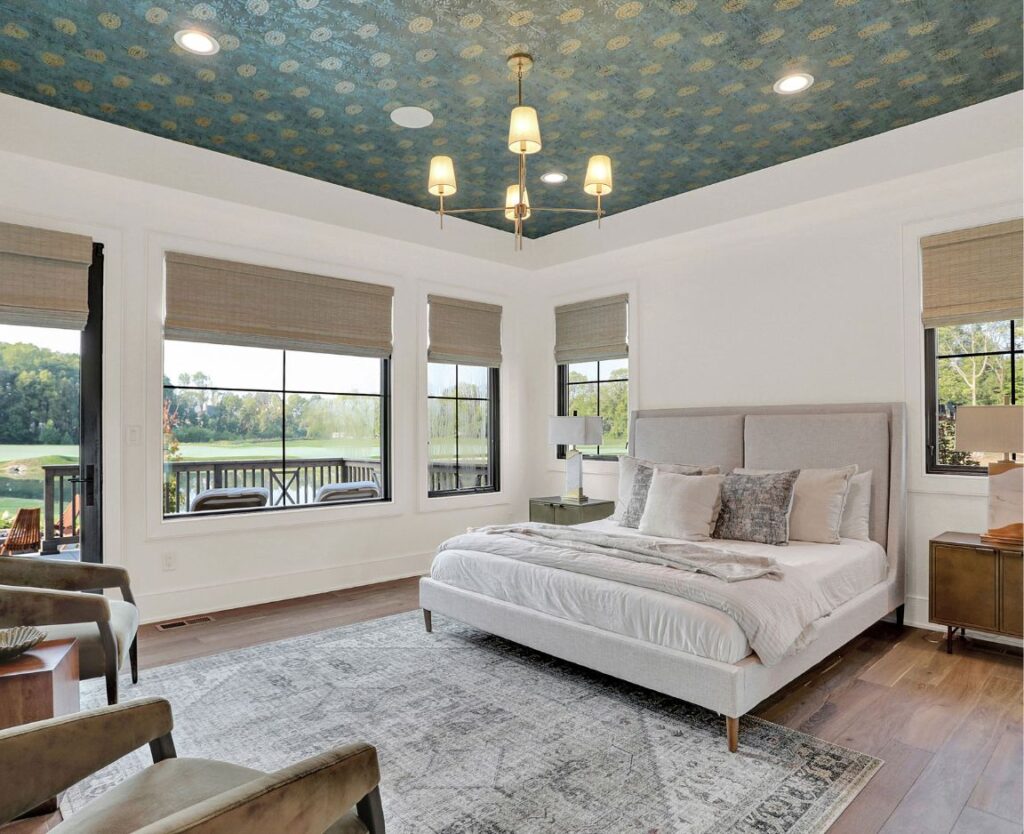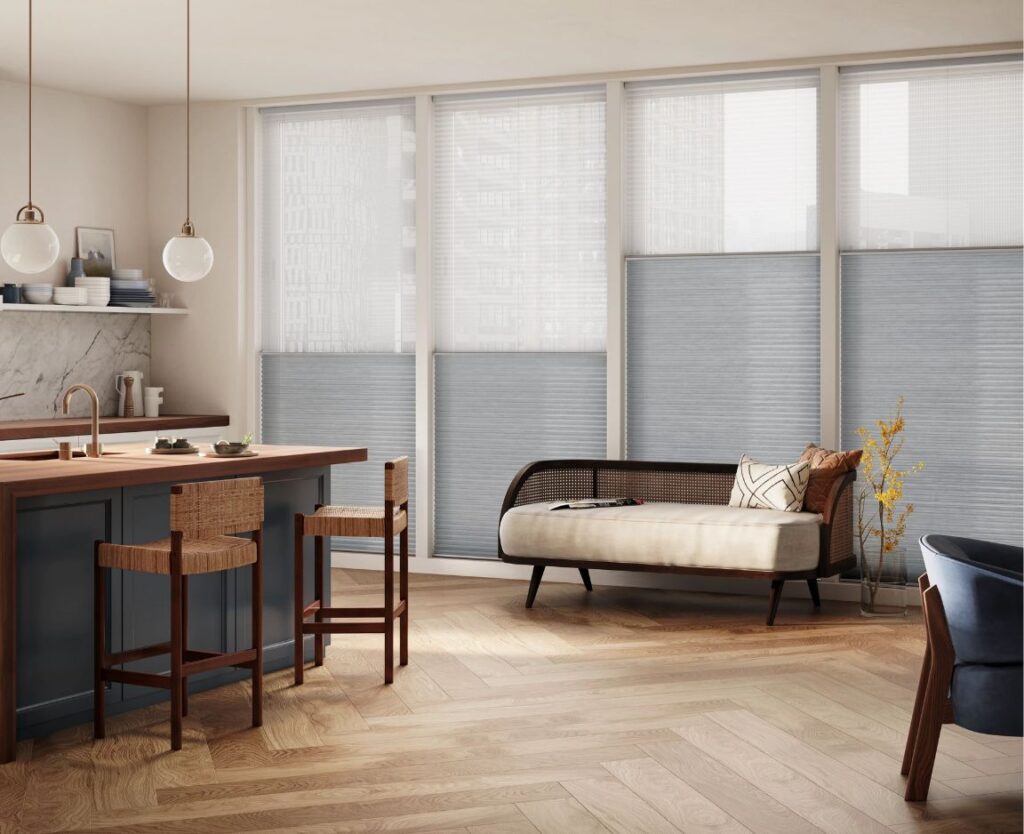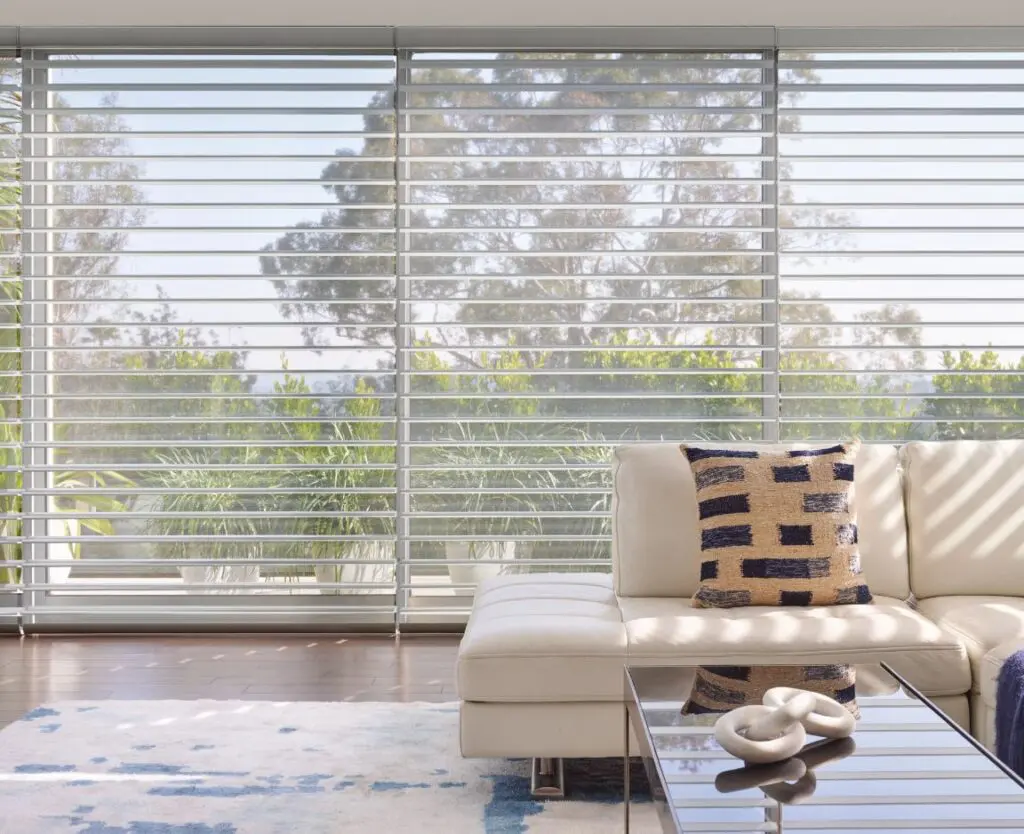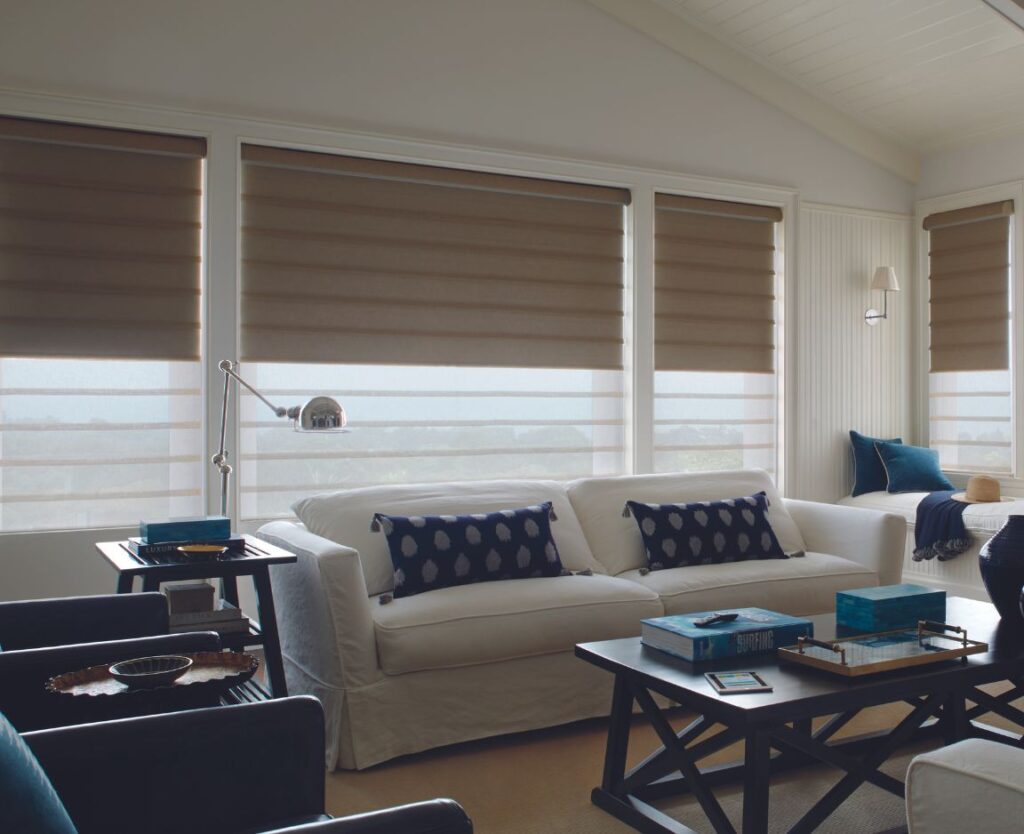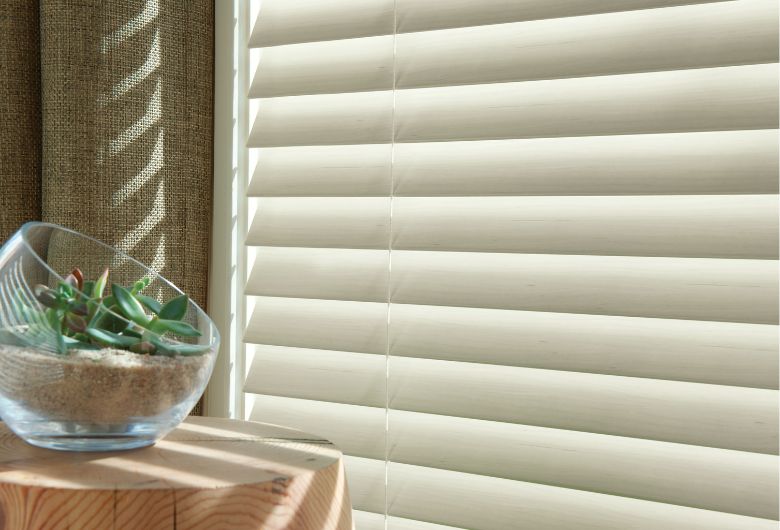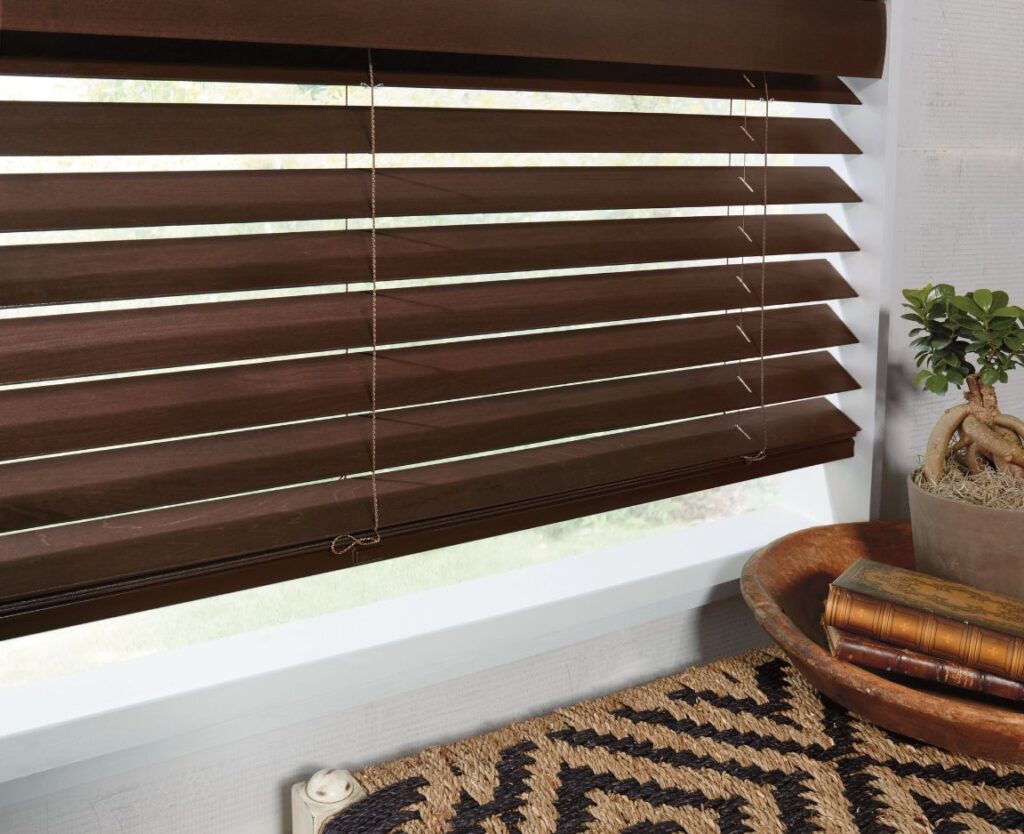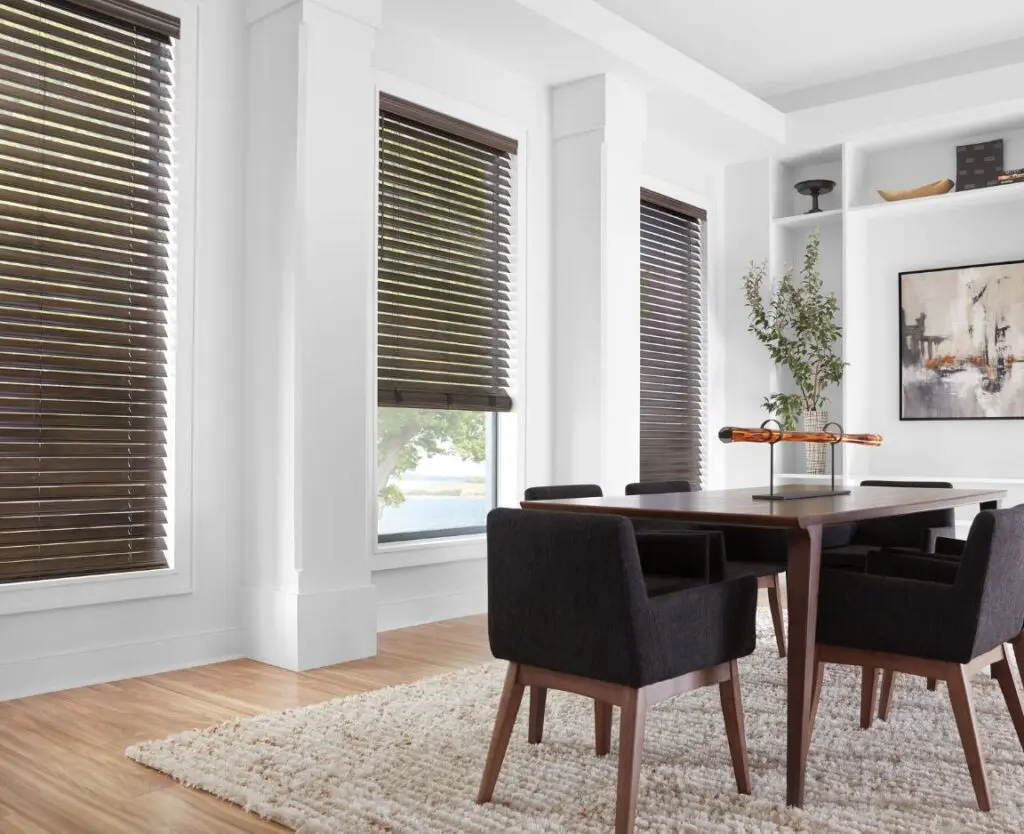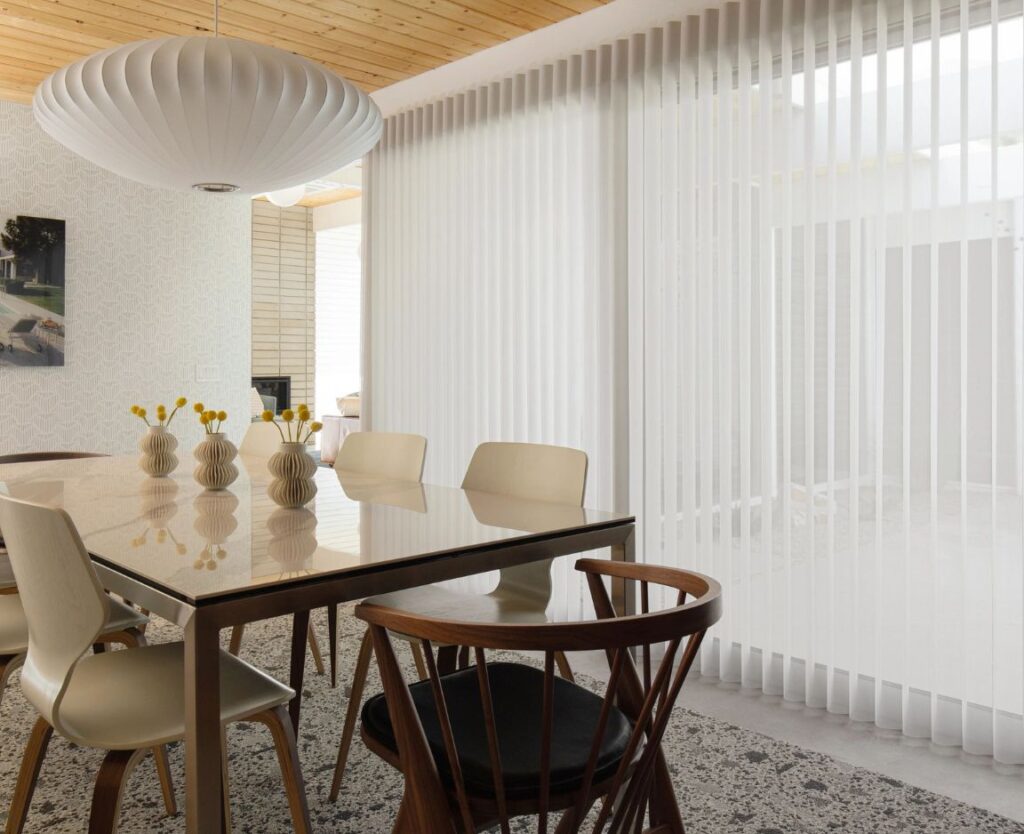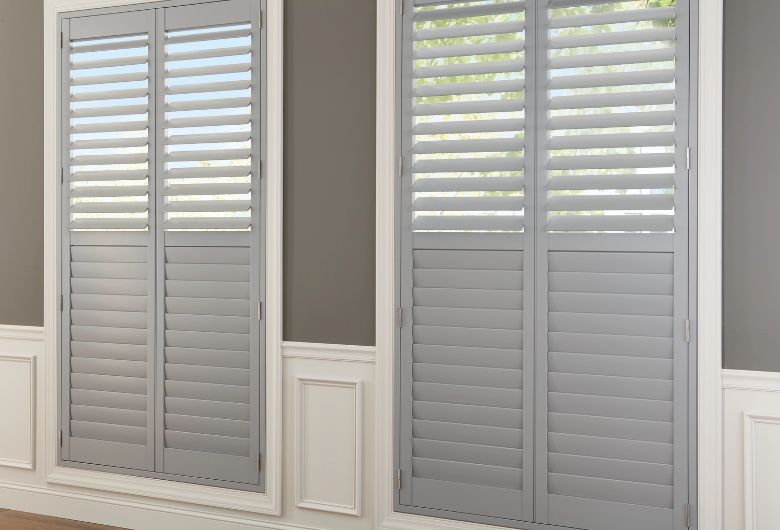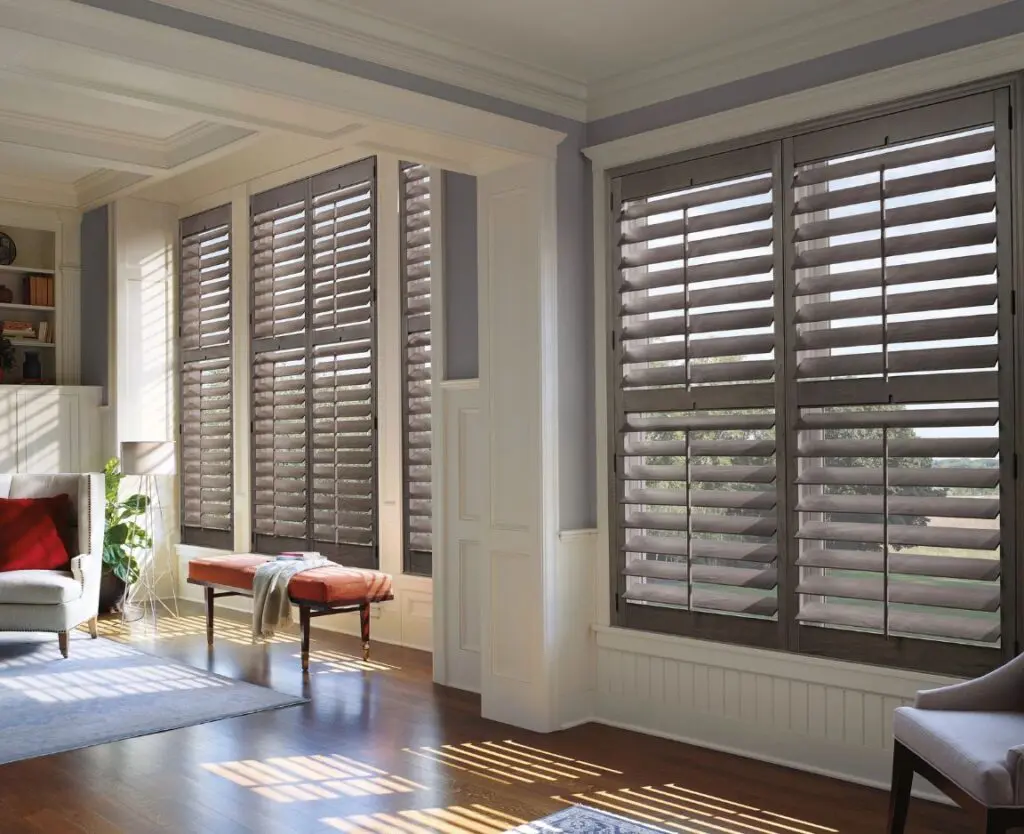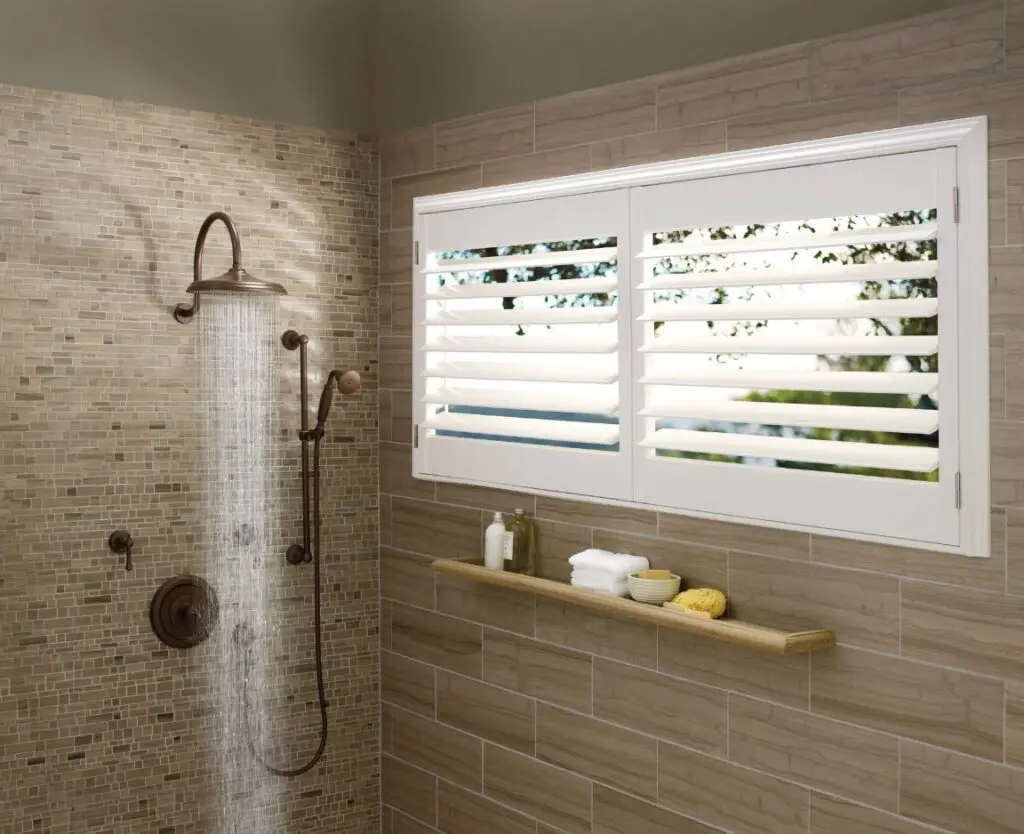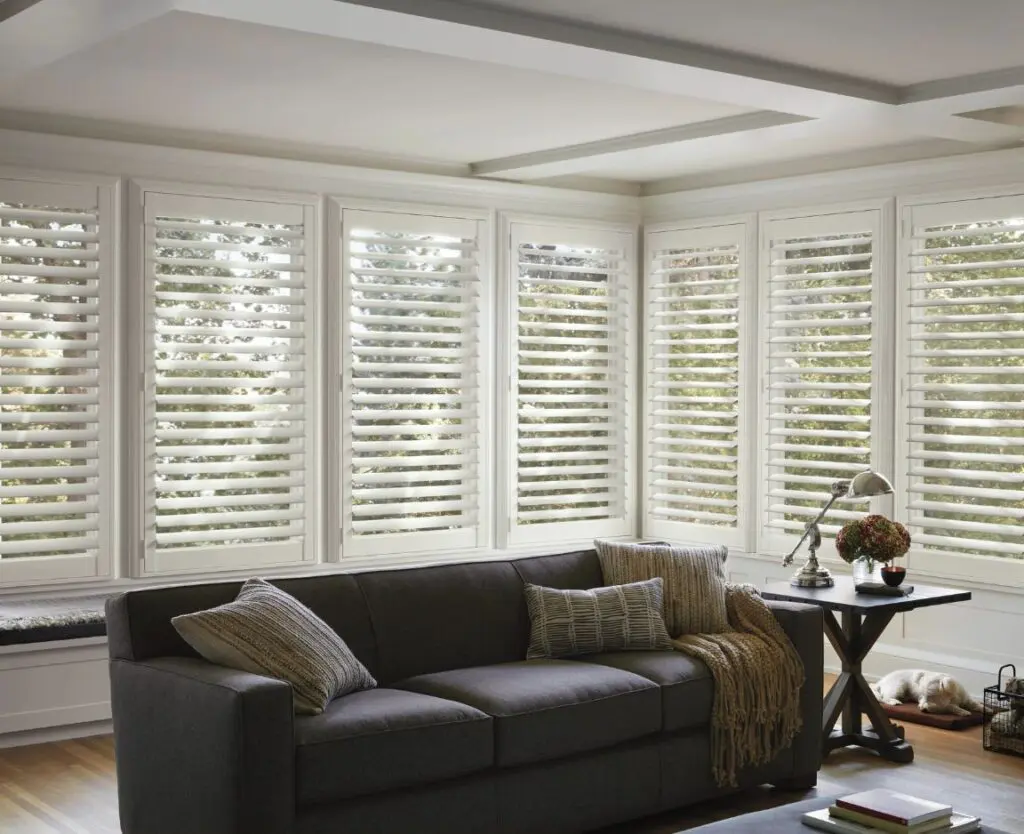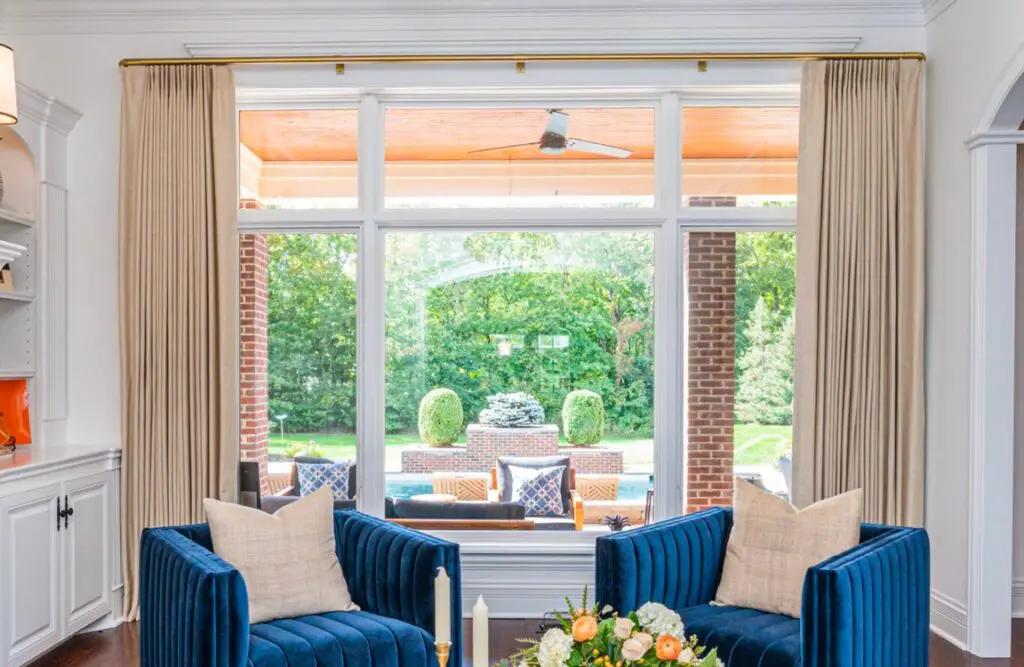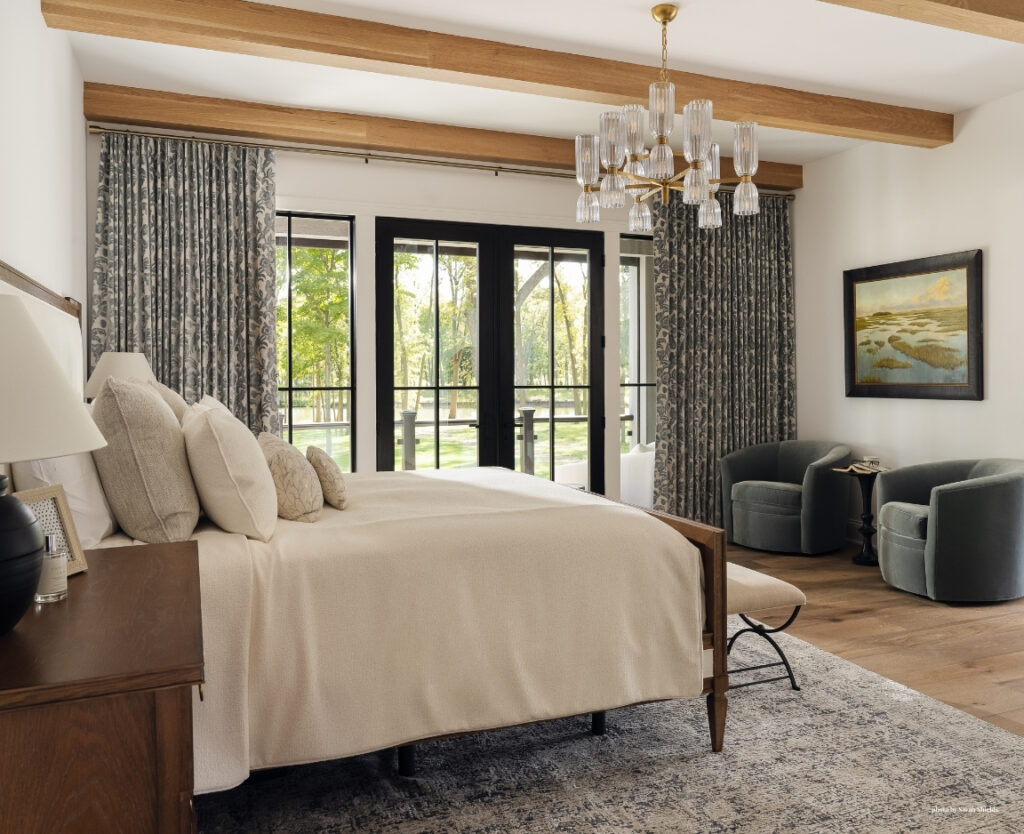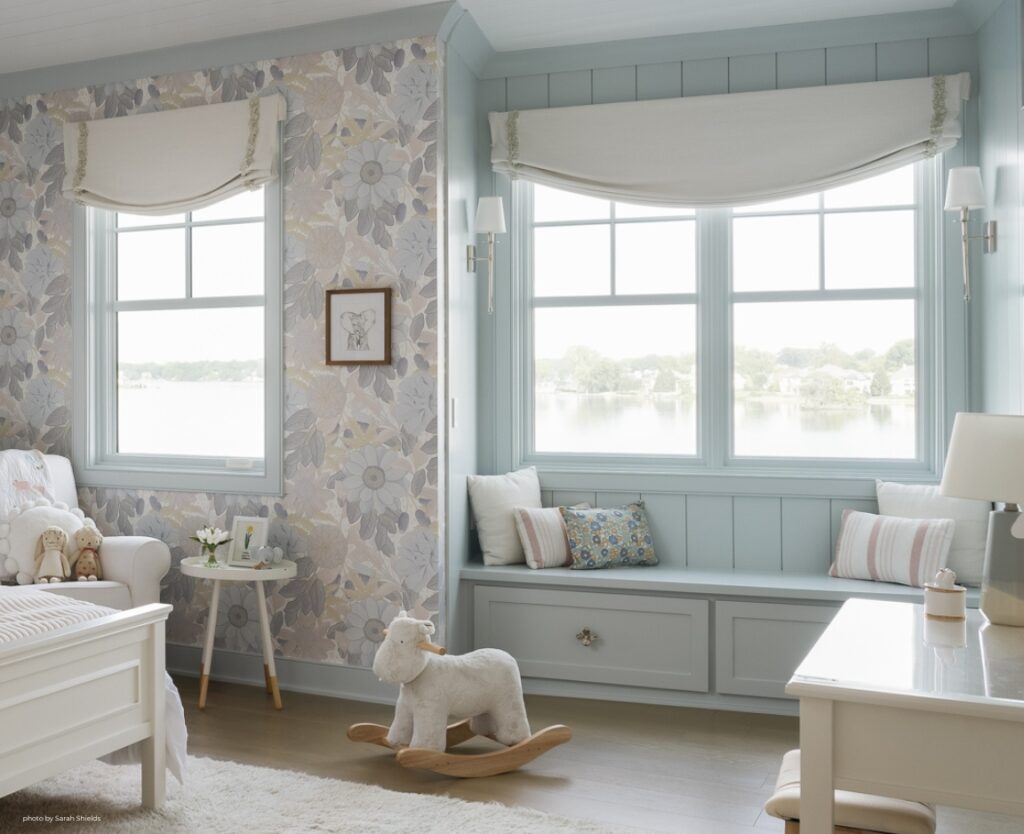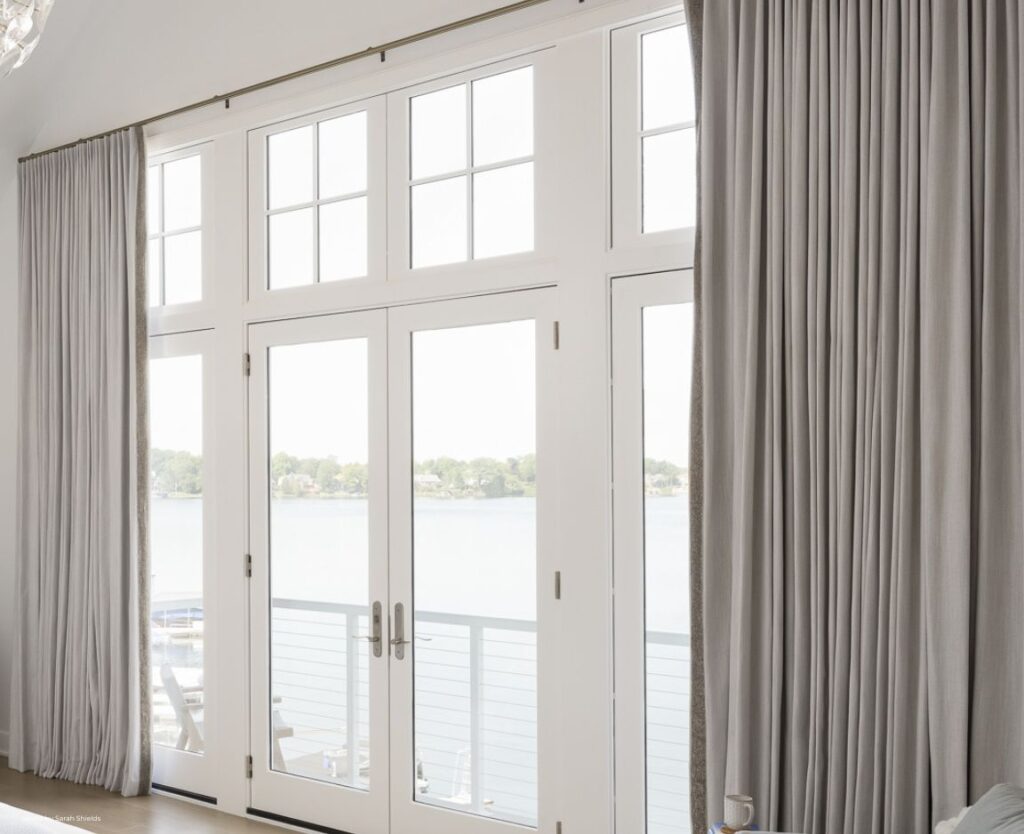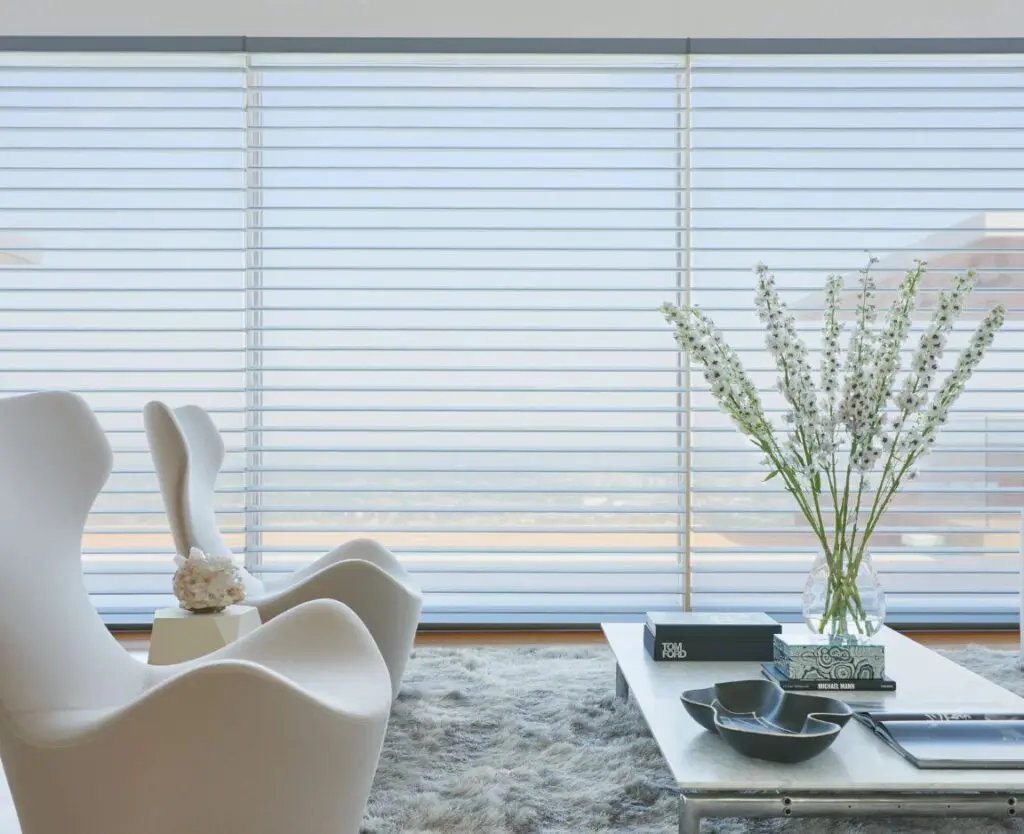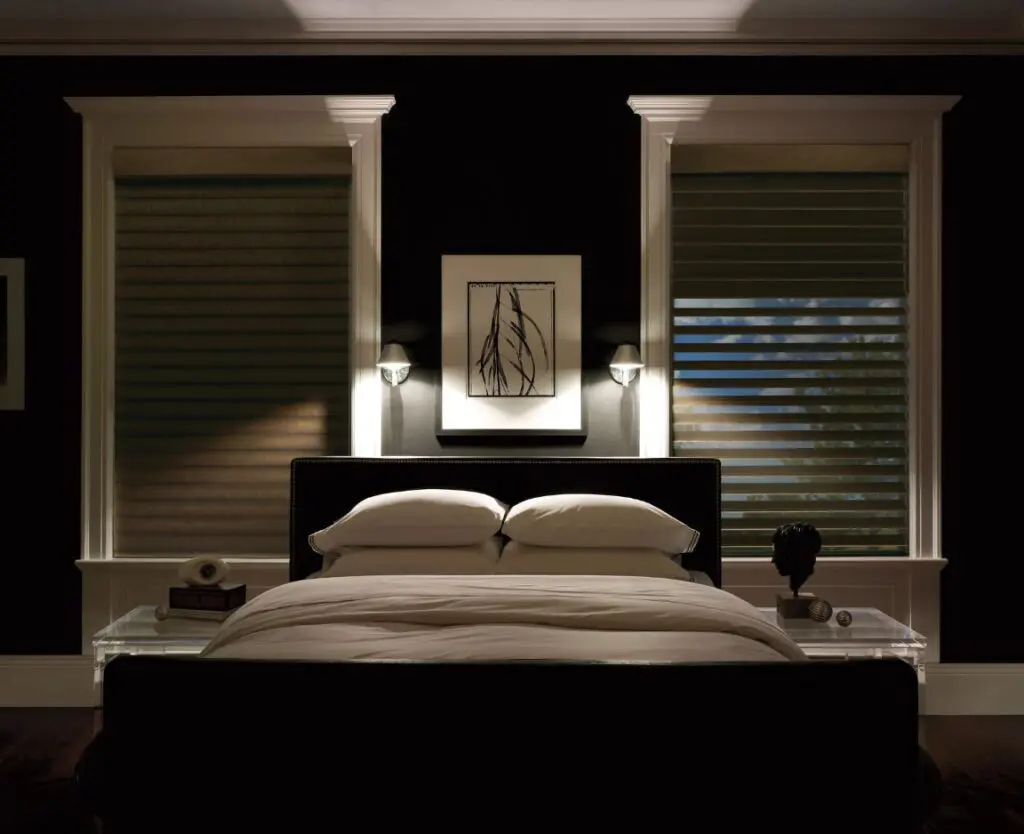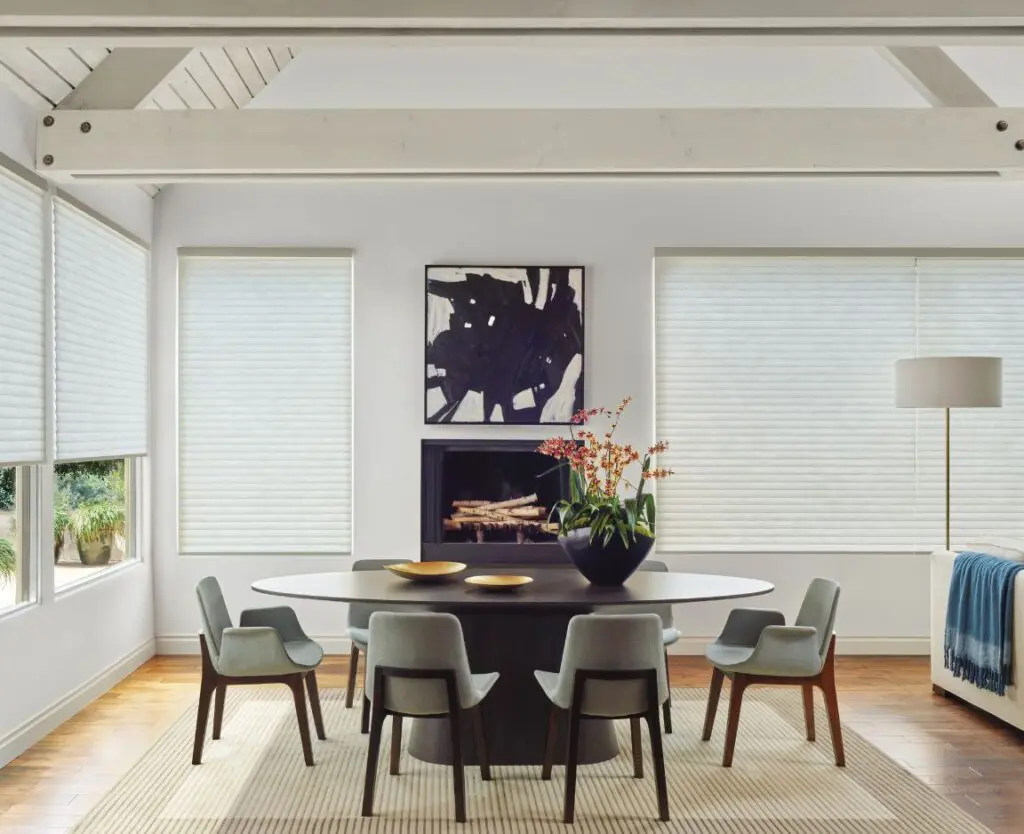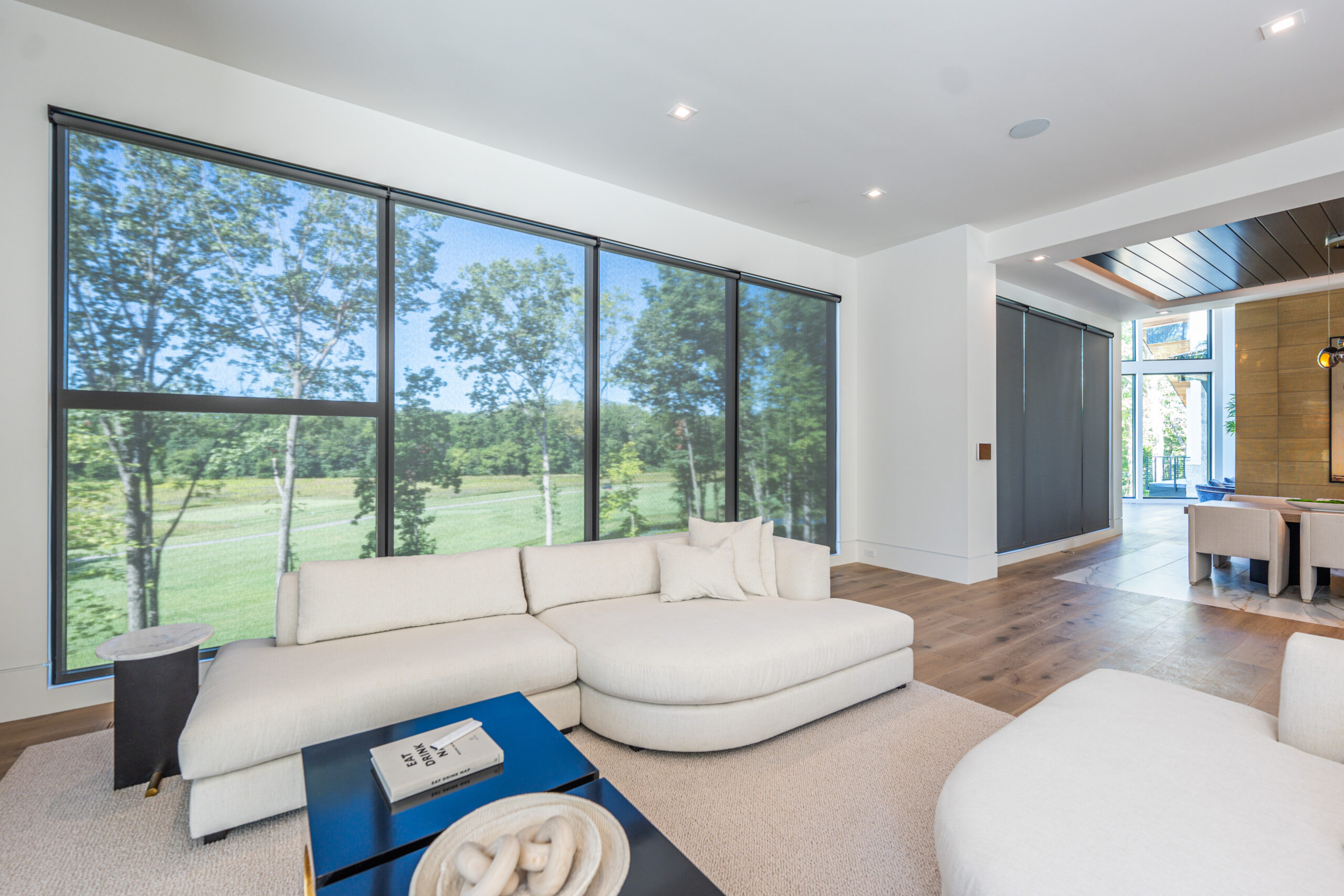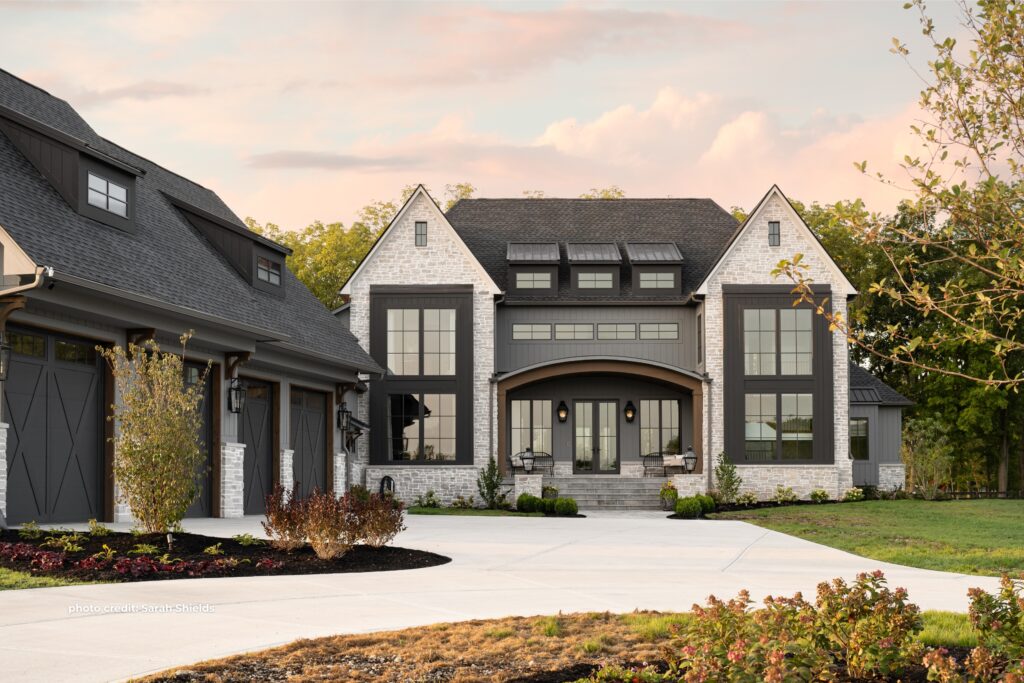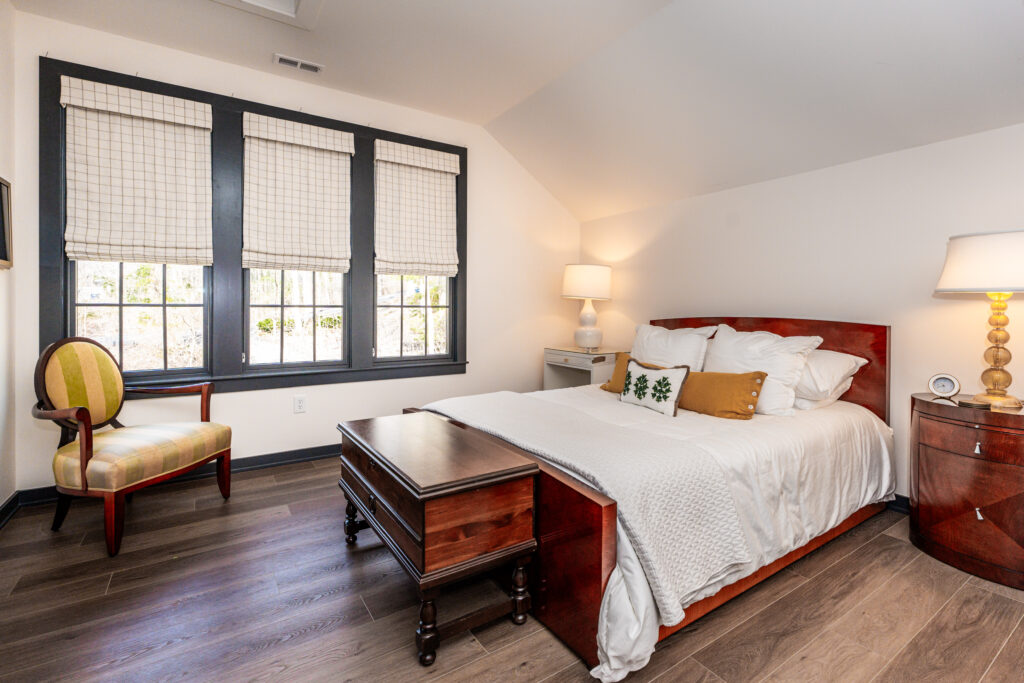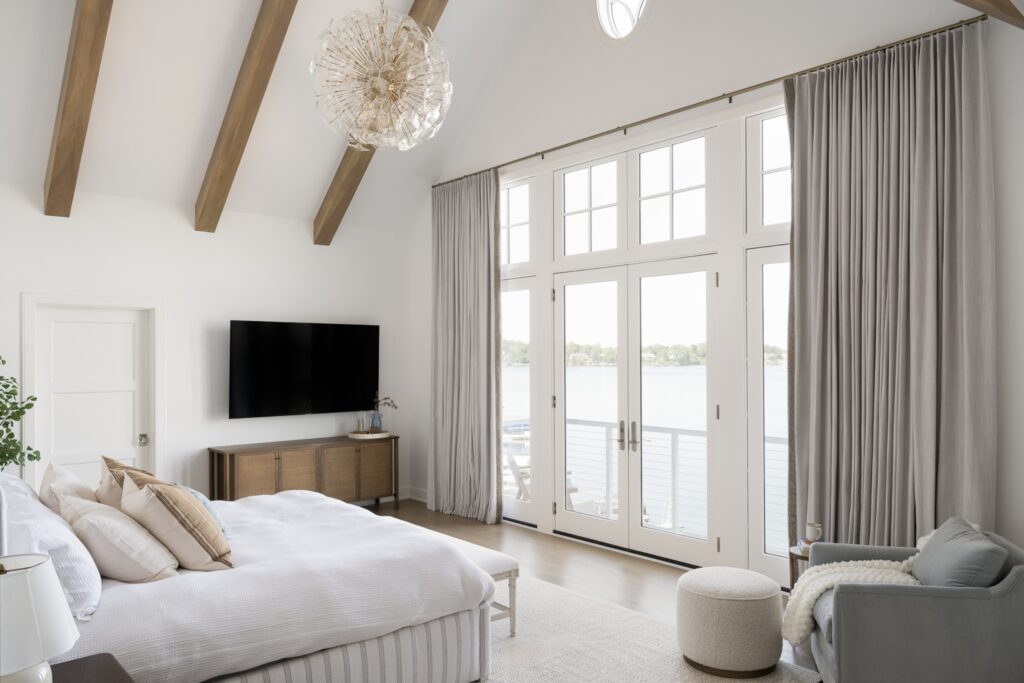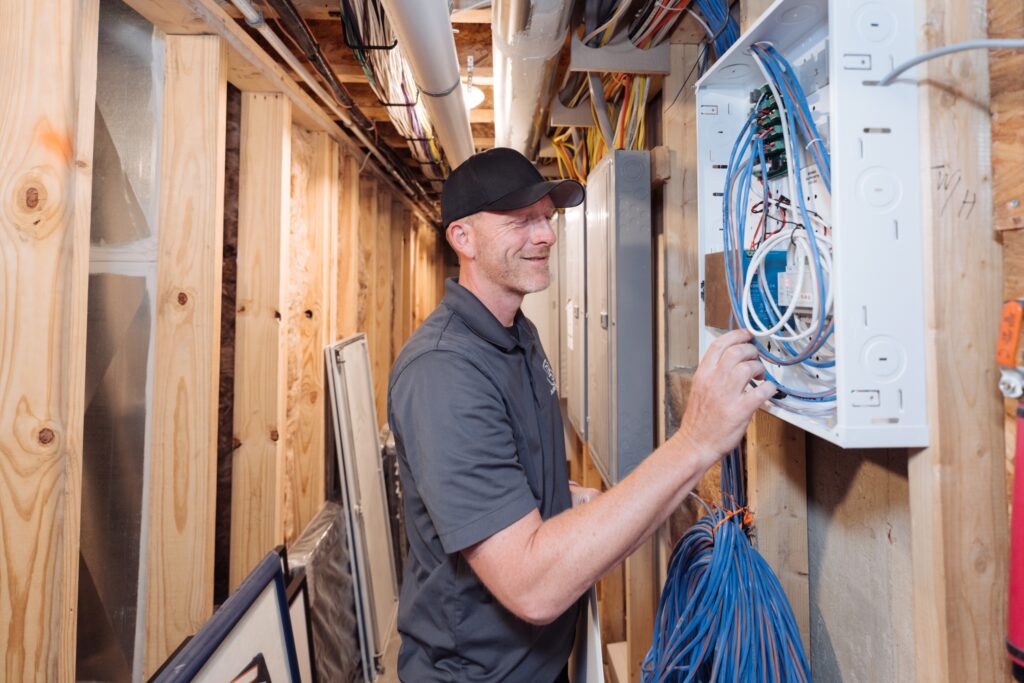When you’re building a custom home, you’re making hundreds of decisions that impact your lifestyle for years to come. You’re not just choosing what looks good today; you’re investing in a home that needs to function well for decades. Future-proofing is all about designing a home that grows with you.
Window treatments are often one of the last items people consider, but that is a mistake, and often an expensive one. Smart planning during the construction phase can save you time, money, and regrets later. That’s why future-proofing your window treatments is one of the most overlooked, yet critical, steps in custom home building.
Why Future-Proofing Your Window Treatments Matters
Most homeowners keep their window treatments for 20 years or more. That’s longer than appliances, paint colors, and even some furniture. But the way we live is changing fast, especially with the rise of home automation, voice control, and energy-efficient design. Planning for inevitable changes in life and technology, aka “future-proofing,” ensures your home and your window treatments can keep up.
Smart home technology is advancing quickly. Motorized shades, voice control, and whole-home automation are no longer “nice-to-haves.” They’re becoming standard in custom homes. Future-proofing allows you to incorporate these features now or add them later without costly renovations.
Over the next 10, 15, or 20 years, your lifestyle and needs will evolve. That nursery may become a guest room. You might go from working in an office to working from home. And while you may be able to easily reach and adjust your shades now, will that still be the case in two decades?
Window treatments are one of the longest-lasting features in your home, so they need to be adaptable. Your home should be designed not just for how you live today, but how you’ll live tomorrow. By planning ahead, you ensure your home remains beautiful, functional, and accessible for years to come.
What Does Future-Proofing Look Like?
Future-proofing your window treatments means planning with flexibility, longevity, and smart integration in mind. Here are some of the key ways to do that:
- Pre-wiring for motorized shades – Even if you’re not ready to automate your shades today, adding the proper wiring in the correct places during construction gives you the option to add motorization later.
- Planning for smart home compatibility – Choose motorization systems that are compatible with major smart home platforms like Control4, Lutron, Alexa, or Google Home. And make sure your shades can be reprogrammed easily—so if your system changes, your shades still work.
- Layering treatments for multiple functions – Combining different types of treatments allows one room to serve many purposes over time. For example, pairing top-down/bottom-up light-filtering shades with room-darkening drapery gives you full control over privacy and light—perfect for a space that may evolve from a nursery to a guest room to a home office.
- Durability that holds up over time – Invest in quality materials and hardware designed to last for decades. Think fade-resistant materials, cordless options for child and pet safety, and components that withstand daily use.
- Timeless design choices – Select styles that won’t look dated in a few years. A well-chosen treatment should complement your architecture and personality, not chase trends.
- Recessing shades for a clean, built-in look – Want your shades to disappear into the ceiling? You’ll need to plan for recessed pockets early in the build. Coordinating with your builder ensures proper depth and placement, and sets your home up for future upgrades without costly drywall work.
- Planning ahead for hard-to-reach windows – Windows behind bathtubs, above kitchen sinks, or in stairwells can be difficult to access. Addressing these during the build prevents accessibility issues now and down the line.
- Thinking about resale – A future-ready home adds long-term value. Buyers expect smart features, clean finishes, and flexible design.
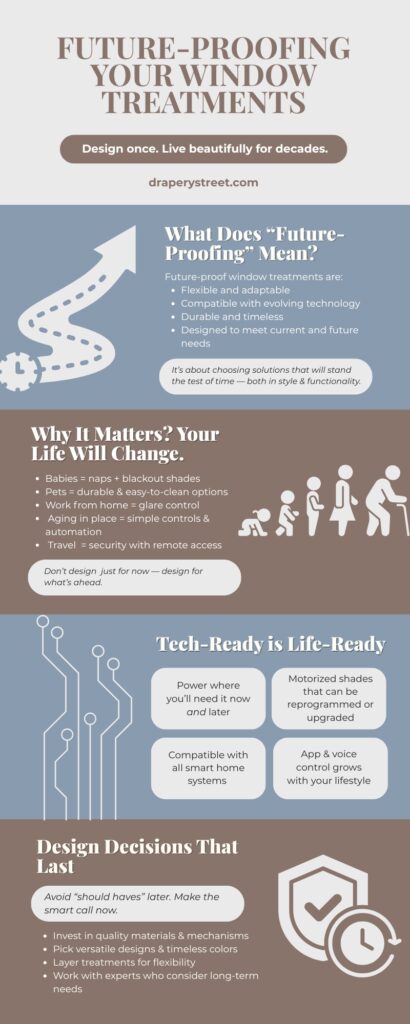
Plan It Right the First Time & Avoid Regrets
You wouldn’t design your dream kitchen without talking to a kitchen designer. Your window treatments deserve the same level of attention.
The only way to avoid costly mistakes and future regrets is to involve a window treatment expert early in the building process. At Drapery Street, our designers specialize in working alongside homeowners, builders, architects, and interior designers to ensure every detail is thoughtfully planned and perfectly executed.
Window treatments are more than just a finishing touch—they’re part of your home’s architecture, functionality, and daily experience. Don’t leave them to chance.
Schedule a complimentary pre-build design consultation today.

